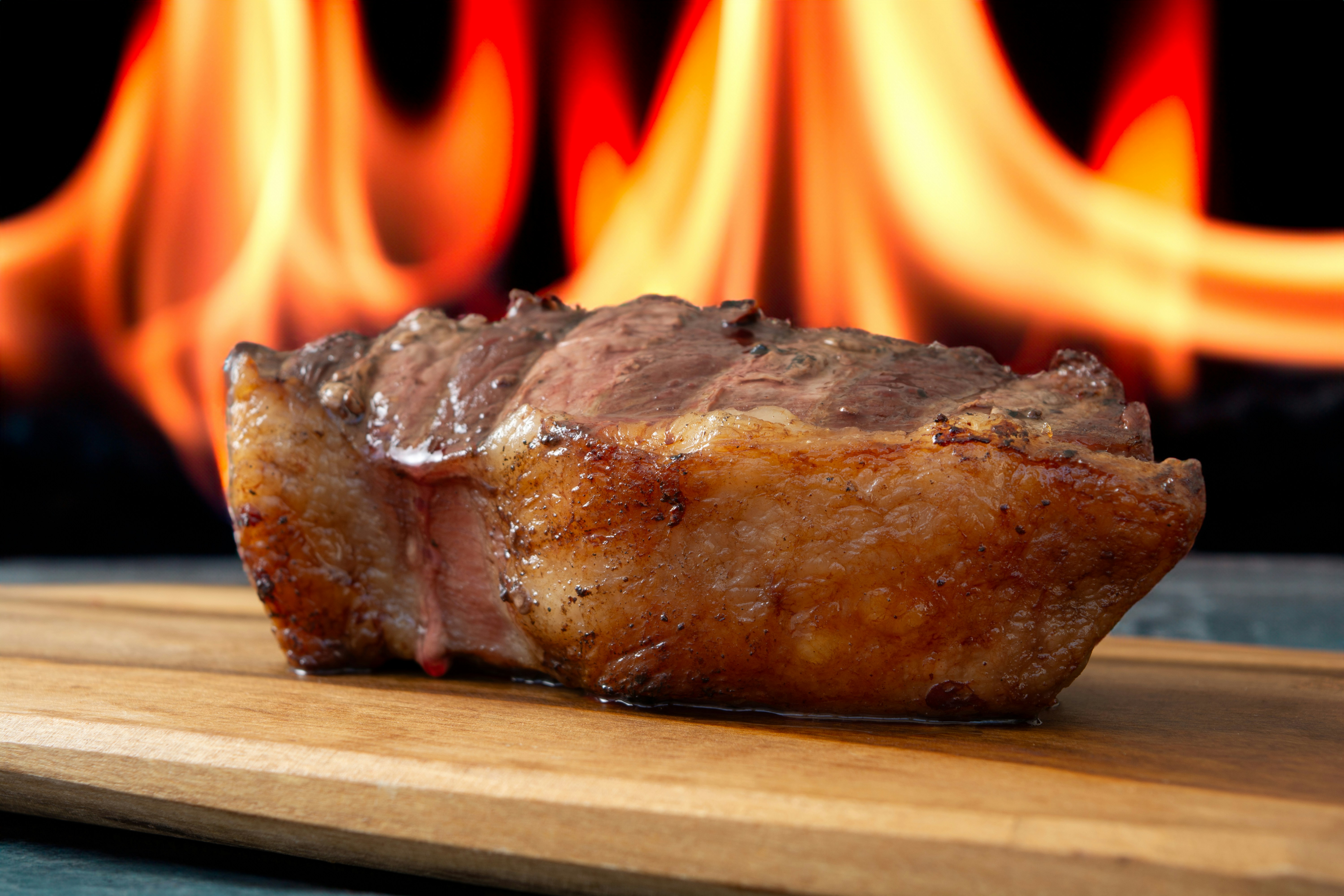Breaking the Ice: The Intricacies and Nuances of Ice Hockey Tactics
Ice hockey, a sport often associated with brute strength and sheer speed, possesses a labyrinth of complex strategies and tactical intricacies that are not immediately apparent to the casual observer. This article delves into the depth of the sport, shedding light on ice hockey tactics, their evolution, and current trends, offering a comprehensive and engaging discourse that transcends the surface-level understanding of the game.

Origins and Evolution of Ice Hockey Tactics
Ice hockey, born in Canada in the late 19th century, was initially a simple sport dominated by skating prowess and physical strength. However, as the game evolved, so too did its strategies and tactics. Early ice hockey strategies were largely focused on individual skills—players were expected to maneuver the puck from one end of the rink to the other, with little emphasis on team play or defined roles.
However, over time, the game witnessed a shift towards more structured play. The introduction of the forward pass in the 1929-30 season was a game-changer, leading to the development of more sophisticated offensive and defensive tactics. This evolution continued into the latter half of the twentieth century, with the advent of systems like the left-wing lock and the neutral zone trap, demonstrating the increasing complexity of the sport.
The Art of Modern Ice Hockey Tactics
Modern ice hockey tactics are a blend of creativity, precision, and adaptability. Today’s teams operate under well-defined systems that dictate their approach to both offense and defense. On offense, strategies like the cycle game, overload, and umbrella power play have become staples, each designed to create scoring opportunities in different ways.
Defensive tactics, too, are highly nuanced. The box plus one, for instance, is a penalty-killing formation that seeks to congest the defensive zone and limit the opponent’s scoring chances. Likewise, the 1-2-2 forecheck is a defensive strategy employed to pressure the opponent and regain puck possession in the neutral zone.
The Real-World Application of Tactics
In competitive ice hockey, the effective implementation of tactics can often be the difference between victory and defeat. Each team’s game plan is tailored to maximize its strengths and exploit the opponent’s weaknesses. Coaches spend countless hours studying game footage, analyzing statistics, and devising strategies that give their team the best chance of winning.
However, the challenges of implementing these tactics should not be underestimated. They require a high level of skill, understanding, and team coordination, reflective of the sport’s inherent complexity.
The Future of Ice Hockey Tactics
The tactical evolution of ice hockey shows no signs of slowing down. Coaches and players continue to innovate, seeking new ways to gain an edge over their opponents. The increasing use of advanced analytics, for instance, is reshaping how teams approach the game, allowing for more refined and data-driven strategies.
Furthermore, the rising emphasis on player development and specialized training suggests a future where individual skills are increasingly married with tactical acumen, leading to an even more captivating rendition of the sport.
Conclusion
Ice hockey, beneath its facade of speed and strength, is a sport steeped in strategic depth. Its tactics, ever-evolving and intricate, are a testament to the complexity of the game. As the sport continues to grow and evolve, so too will its strategies, promising an exciting future for players and fans alike.





